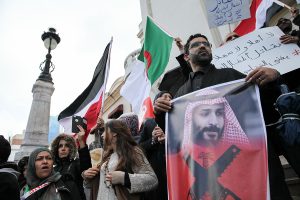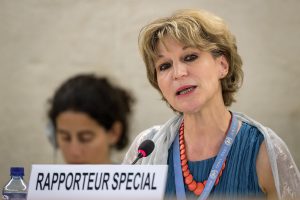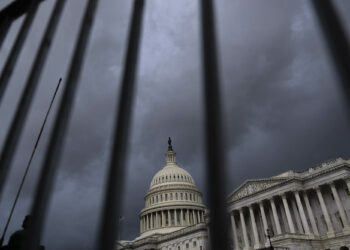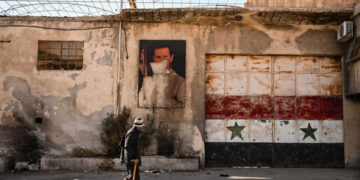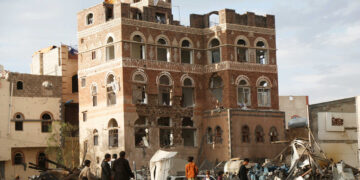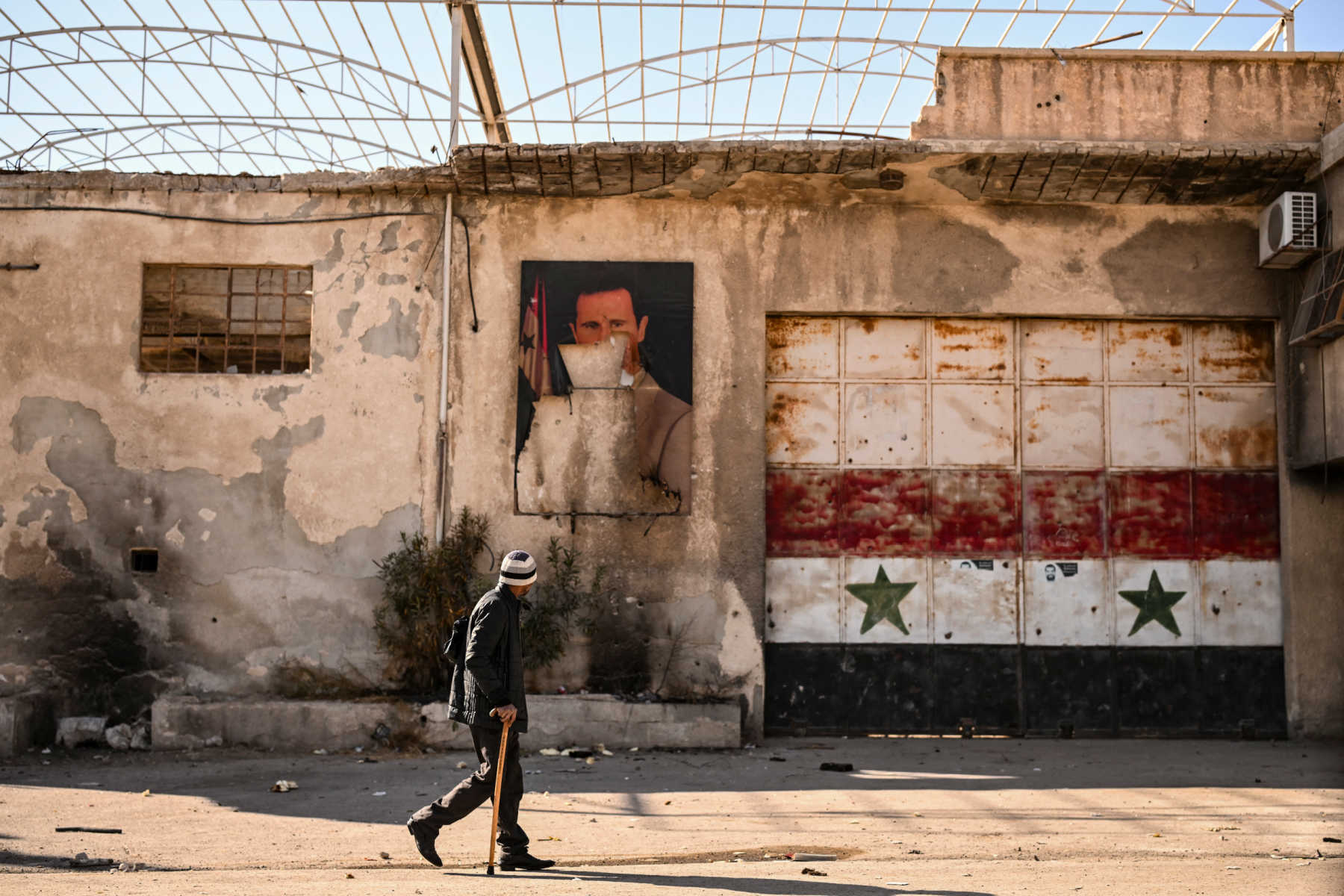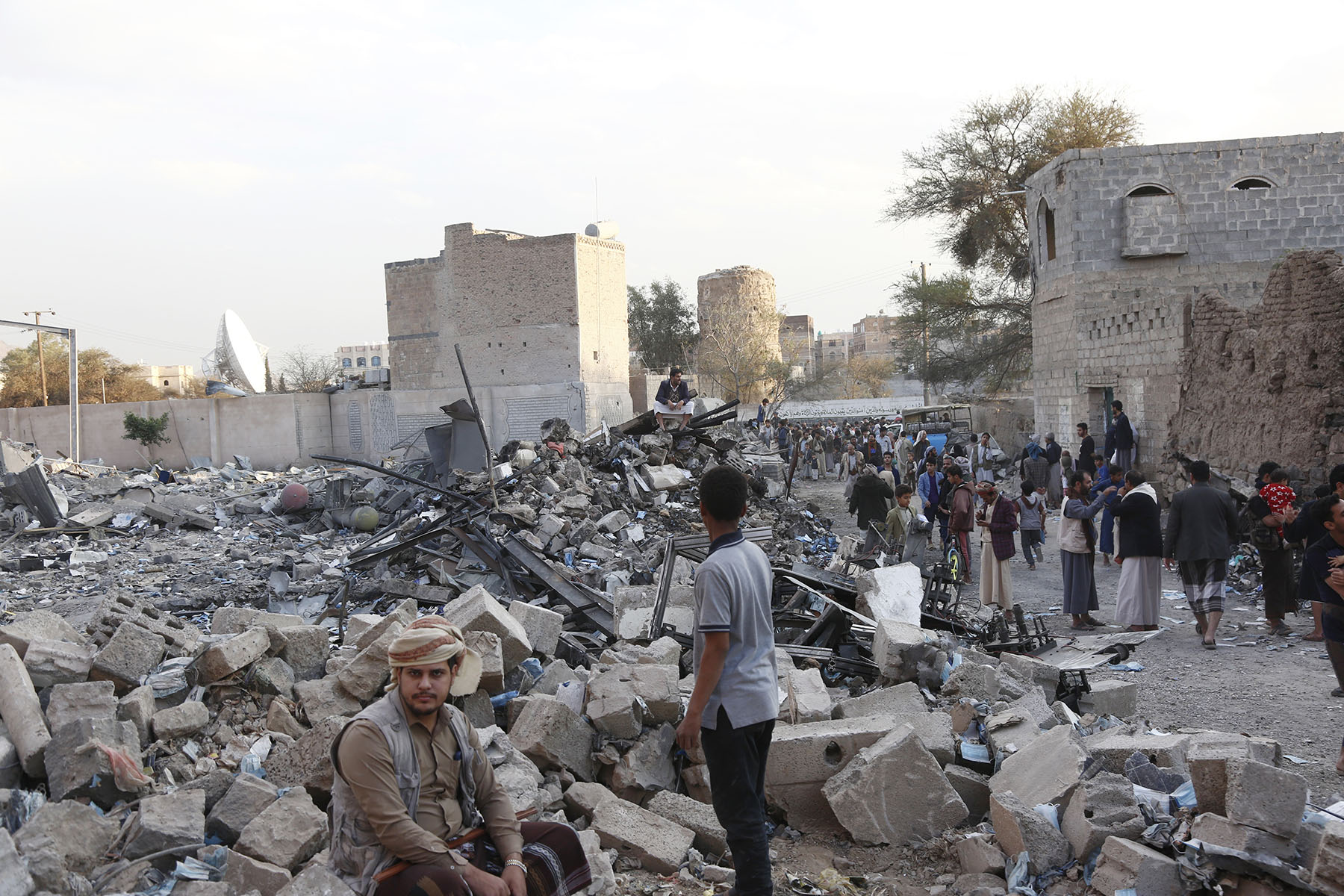Yasser Elsheshtawy is an independent scholar and adjunct professor at Columbia University’s Graduate School of Architecture, Planning and Preservation. He is the author of "Dubai: Behind an Urban Spectacle," among other publications.
This past February, the Egyptian government signed a massive $35 billion investment deal with Abu Dhabi's sovereign wealth fund, ADQ, to develop a stretch of prime Mediterranean coast in northern Egypt. The Ras al-Hekma peninsula is one of Egypt's last relatively untouched areas along the Mediterranean, its turquoise waters and pristine beaches having attracted some real estate and tourism investment in recent years, but nothing on this scale. The deal with the United Arab Emirates represents the largest single foreign direct investment in Egypt's history.
On the face of it, the deal's purpose is economic, as it aims to save Egypt's ailing economy from collapse. The infusion of billions in Emirati cash is essentially a bail out of President Abdel Fattah al-Sisi's government, which has bankrupted Egypt with a slew of costly and unnecessary megaprojects, the biggest folly of all the "New Administrative Capital" in the desert far outside Cairo. The UAE's investment deal came as the Egyptian government concluded loan and aid agreements with the International Monetary Fund and the European Union. Altogether, they collectively pledged more than $50 billion to Egypt's cash-strapped regime.
Yet a closer look at the Ras al-Hekma development reveals that it is also part of a much broader pattern of Egypt's prized cultural assets—its heritage—being sold to outside investors, mostly from the Gulf. Egyptian authorities eager to cut these deals are disregarding their other costs, from the forced displacement of local communities and various environmental impacts to the intensification of inequality, widening the gap between Egypt's rich and poor. While Ras al-Hekma is essentially untouched coastal real estate, set to be transformed into a Dubai-esque development, many other sales involve Egypt's urban and architectural heritage. The list is long: the former National Democratic Party Headquarters across from Cairo's Tahrir Square; the nearby Mogamaa complex, a notorious hub of city bureaucracy and a modernist architectural icon of the 1950s; historic luxury hotels, including the Old Cataract and Winter Palace in Luxor, Cairo's Mena House, and Alexandria's Cecil Hotel; and a series of residential towers along Egypt's northern Mediterranean coast.
Sisi's government, desperate to refill Egypt's empty coffers, has put practically any land and building on the market, regardless of their cultural significance or place in modern Egyptian history. "This is clearly a country selling public assets under duress," Timothy Kaldas of the Tahrir Institute for Middle East Policy told The Guardian. "All this is doing is lighting money on fire for an unsustainable economic model, one that's hampered by sustaining an insatiable patronage network at the expense of the public interest."
Commodifying public assets to generate profit like this is a key element of neoliberal urbanization, which isn't anything new in Egypt, as it defined much of the era of former President Hosni Mubarak. But what the Egyptian government is doing today goes beyond neoliberalism. For this autocratic regime, these deals reflect a deeply flawed model that seeks to turn Egypt—whose population of 111 million people has nearly doubled in just the past 30 years—into an enclave for the ruling elite, the wealthy and their Gulf benefactors. It is a process of what can be called "Gulfication" or "Dubaization," the ultimate aim of which is to transform Egypt into a Dubai on the Nile—or on the Mediterranean or Red Sea. In this dystopian vision, the vast majority of Egyptians are forgotten and left impoverished, since none of this "new Egypt" is being built for them.
Sisi's government, desperate to refill Egypt's empty coffers, has put practically any land and building on the market, regardless of their cultural significance or place in modern Egyptian history.
- Yasser Elsheshtawy
The Ras al-Hekma deal may be the biggest land sale in Egypt's history, comprising an area of 171 square kilometers, or 42,000 acres. The Emirati consortium behind it, ADQ, is promising to build a futuristic and high-end coastal development modeled on flashy Gulf projects. Early renderings evoke a "sort of Dubai on the Med."
Under the reported terms of the deal, Egypt will retain a 35 percent stake in developing all this coastal land. For the UAE, there are clear incentives, as it will retain leverage over Egyptian decision-making in Ras al-Hekma. Yet Egypt does not have a good track record of building cities from scratch. The New Administrative Capital, rising in the desert east of Cairo, remains largely a ghost town—like many other satellite towns and "new cities" built before it on the desert fringes of Cairo. And it is the Egyptian state, not the Emirati investors, that will be required to spend billions more to build the necessary infrastructure—water, desalination plants, power and transportation—to make Ras al-Hekma viable as an urban center.
Of course, such projects do not take place in a vacuum. For the 10,000 people currently living in Ras al-Hekma, a predominantly Bedouin population making their livelihood in agriculture and local trading, they now face the threat of eviction and displacement. "We've been living here since the British [occupation], and these olive trees are older than Madbouly, Sisi and even the UAE itself," one resident told Middle East Eye, referring to Egyptian Prime Minister Mostafa Madbouly, who also served as the head of Egypt's urban planning authority under Mubarak.

Yahia Shawkat, an Egyptian urban scholar at the Tahrir Institute, is skeptical of the entire enterprise. Ras al-Hekma's massive scale "is almost equal to all urban development land held by the top 10 real estate developers in Cairo—land they accumulated in well over a quarter of a century." If the deal was as a way of generating much-needed investment in Egypt—in other words, a bailout—what are the ultimate implications? As Shawkat put it: "In the end, how many Ras al-Hekmas does Egypt have to sell to keep its economy afloat in the longer term?"
The huge development of Ras al-Hekma also poses serious environmental risks, which Egyptian officials are fully aware of. A 1999 report prepared by the United States Agency for International Development, in cooperation with the Egyptian government, included Ras al-Hekma on a list of proposed protected areas. Last year, a study by researchers affiliated with the Egyptian National Water Research Center attributed "shoreline displacement" around Ras al-Hekma to "major activities of unplanned coastal development," including "uncontrolled coastal urbanization, the lack of commitment to the setback regulations for building constructions, and the development of tourism resorts and recreational facilities which leads to habitat loss and the destruction of the natural protection system of the shore."
The true cost of this huge selloff of Egypt's culture and heritage, for a bailout that may not last long, could end up being Egyptian identity itself.
- Yasser Elsheshtawy
Aside from utilizing land for lucrative real estate deals, Egypt's regime is actively engaged in selling Egyptian history and culture, to attract whatever foreign investment it can. Last year, an infamous Egyptian real estate tycoon, Hisham Talaat Moustafa—who was convicted of ordering the murder of his mistress in Dubai but later pardoned by Sisi—bought seven historic hotels in Egypt, with the help of Emirati investors, including ADQ. Chief among them is Mena House, located across from the Pyramids in Giza, which was originally built to be a royal hunting lodge before it was converted into a hotel in 1887. Its historic wing is filled with lavish suites, including a room where Winston Churchill stayed during the 1943 Cairo Conference. (Despite the sale, Mena House is still being operated by the Marriott hotel chain).
Among the other historic hotels that Moustafa and his Emirati financiers acquired are the Winter Palace in Luxor, the Old Cataract in Aswan and the Cecil in Alexandria—all described as "monuments to Egypt's recent past." These are not just luxury hotels in a country so reliant on tourism, but also are an integral part of Egyptian history and architectural heritage. The Old Cataract in Aswan, which opened in 1899 on the banks of the Nile during the British colonial era, has been described as Egypt's "most storied hotel." It has hosted a long list of royals and dignitaries, from Tsar Nicholas II to Jimmy Carter and was the inspiration for Agatha Christie's novel, Death on the Nile. With a 40 percent stake in these seven Egyptian hotels, valued at about $880 million in all, the UAE "had indirectly become part-owners of a slice of Egypt's touristic legacy," as Bloomberg put it.

But this Gulf buying spree extends beyond hotels. In Cairo, the site of the former headquarters of Mubarak's since-dissolved National Democratic Party—which was burned during the 2011 popular uprising and torn down in 2015—will reportedly be redeveloped by a construction consortium that includes Emirati firm ASGC, Saudi-Egyptian Developers and the Egyptian giant Hassan Allam Holding. Their plans for the land, along the Nile Corniche in Downtown Cairo on the edge of Tahrir Square, are said to include a 75-story skyscraper. On the other side of Tahrir Square, the Mogamaa, the modernist administrative complex from the 1950s, which for decades represented an essential if notoriously disorganized element of Cairo's built patrimony, is now being redeveloped by the UAE's Al Otaiba Investments and a U.S.-led consortium into "Cairo House," a luxury "lifestyle" hotel and mixed-use development complex. Other projects around Cairo include a new gated development in the desert suburb of New Cairo.
On the Red Sea coast in the southern Sinai Peninsula, Saudi Arabia's Ajlan, a major investment and holding group, has set its sight on investing $1.5 billion in Ras al-Gamila, outside the resort town of Sharm al-Sheikh. Ras al-Gamila is directly across the Straits of Tiran from the islands of Tiran and Sanafir, which Egypt infamously transferred to Saudi Arabia in 2017, triggering some of the few sustained protests under Sisi's rule. The area is near where a bridge across the Red Sea directly connecting Egypt and Saudi Arabia, which Saudi King Salman proposed in 2016 during a visit to Cairo, would make landfall.
All these transactions by Sisi's regime are taking place without any consultations from Egypt's parliament, which is supposed to represent the interests of the Egyptian people. Indeed, laws have been introduced to facilitate these deals, including a 2020 presidential decree cancelling the public benefit status of several public properties, including the former NDP headquarters in Downtown Cairo. The decree transferred the ownership of these public properties to the Sovereign Fund of Egypt, Egypt's sovereign wealth fund, which was established in 2018 to offer and manage investment opportunities in state-owned assets.
For Gulf countries, these deals are part of a much broader trend of extending their economic reach and influence far beyond their borders—buying up land and real estate are not only for investment, but also to ensure food security, with dozens of land agreements in African countries, including Egypt. An Emirati agribusiness firm partly owned by ADQ has reportedly been in talks with Egypt to buy or lease land in Toshka, a huge, costly and mostly failed desert "reclamation" project in southern Egypt launched under Mubarak that Sisi has vowed to revive to produce wheat and other staples. Gulf companies have also been buying up huge tracts of forested land in African countries. One Emirati firm in Dubai, Blue Carbon, has struck deals to acquire forests in Zimbabwe and Liberia that equal a staggering 20 percent and 10 percent, respectively, of all land in those countries. Blue Carbon plans to preserve the forested land in order to sell carbon credits—moves that have been criticized as textbook "greenwashing" by the UAE, whose vast wealth depends on the oil and gas industry.
These deals, in Egypt and elsewhere, could ultimately have limited economic benefits, despite all their billions in investment, given who is making them and who they are really designed to serve. The Egyptian government's "Gulfication" or "Dubaization" of the country is selling Egypt by the pound—not for the benefits of Egyptians, but for a narrow clique in the regime and among its financial backers in the Gulf. The true cost of this huge selloff of Egypt's culture and heritage, for a bailout that may not last long, could end up being Egyptian identity itself.









